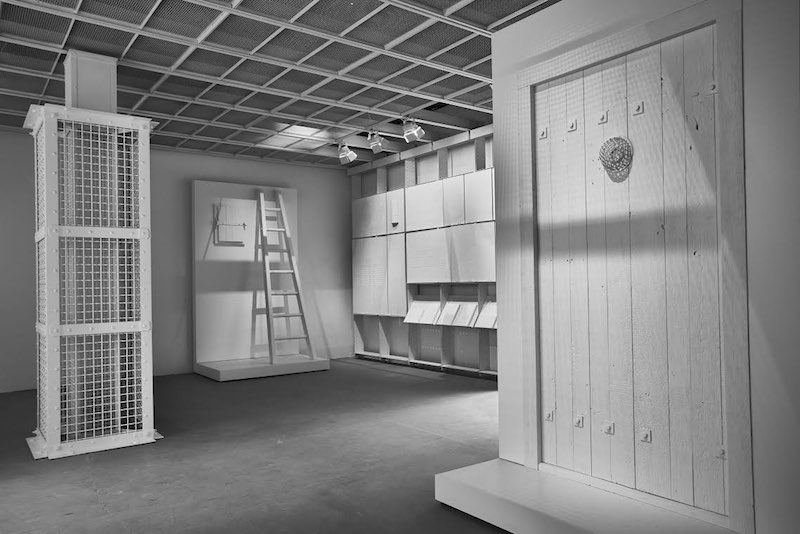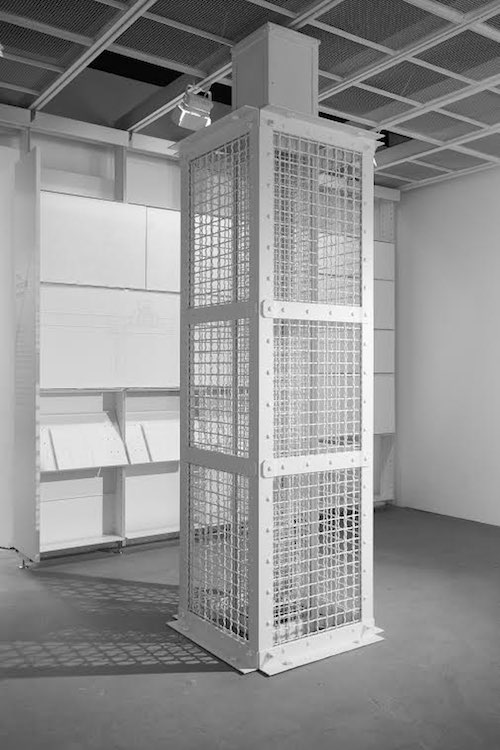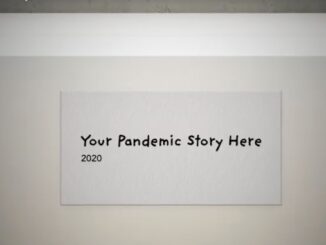A new exhibit at the Royal Ontario Museum is using architecture to show how a Nazi concentration camp was designed specifically for death.

“To understand this room…we first have to acknowledge that it’s related to the most murderous place,” said author and University of Waterloo professor Robert Jan van Pelt at a ROM Speaks lecture on June 27.
The motivation behind the exhibit, The Evidence Room, came from a book written by van Pelt in 2002, which focused on a trial between historian Deborah Lipstadt and Holocaust denier David Irving. The latter sued Lipstadt after she called him a falsifier of history. Van Pelt said he was hired to gather evidence to “show that deaths happened” at Auschwitz-Birkenau.
[rspad300x250]
The concentration camp was established by Nazi Germany in 1940 after the start of the Second World War. It was located in the Polish suburb of Oswiecim, where it got its name. The purpose of the camp, at first, was a place to send Polish prisoners. However, as it expanded (a second part called Birkenau or Auschwitz II was built in 1941) it became clear the camp was designed for murder and was contributing to the mass extermination of the Jews, with gas chambers and a crematorium. According to the Auschwitz-Birkenau Memorial and Museum, around 1.1 million Jews were sent to the camp until August 1944.
Van Pelt started to do his research, studying the chemical agent Zyklon B used in the gas chambers and analyzing photos and blueprints of the crematorium and other buildings. The evidence showed how the camp’s architects created and built spaces to allow for the maximum amount of deaths. (Some prisoners were sent directly to the gas chambers to be killed upon arrival and then were cremated. Buildings were designed exclusively for the purpose of mass murder and getting rid of bodies.) Lipstadt won the trial and two years later, van Pelt published a book with his findings, The Case For Auschwitz.

Van Pelt was invited to present his forensic analysis of Auschwitz’ architecture at the International Architecture Exhibition in Venice in 2016 – and as a result, The Evidence Room was created. Van Pelt’s School of Architecture colleagues from the University of Waterloo, Dr. Anne Bordeleau and Donald McKay, joined the team and they started to conceptualize the project.
“The main thing I did when I joined the project was the casts,” said Bordeleau. “Plaster is a powder to which you add water. It has an exothermic chemical reaction…Plaster picks up details. Casting is very precise.”
A group of architecture students from Waterloo helped create the casts and worked on the project alongside van Pelt, Bordeleau and McKay. Adjunct professor at the University of Waterloo Piper Bernbaum said the task “was traumatic, but it was important.”
[rspad300x250]
“It brings forward questions of ethics and we grappled with the context and the history,” Bernbaum said. “We discussed the weight of what we were doing.”
There were four conditions about the project that formed almost immediately, according to McKay. He said it was crucial to focus on presenting the evidence, that the room should be tangible, all white, and that models should be full scale.
The exhibit showcases blueprints, newspaper articles, a gas chamber door, a gas column and other damning parts of Auschwitz that led to the murder of hundreds of thousands of its prisoners — all in plaster and all in white. The evidence speaks for itself, silently and plainly, as viewers bear witness.
“We wanted to present the evidence of these murders: That (idea) grew around us, not with ease, but with care,” said McKay.
The Evidence Room is at the ROM until January 2018.




